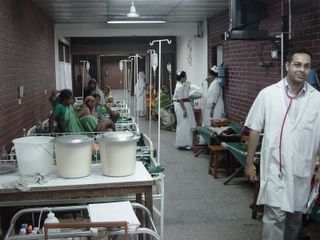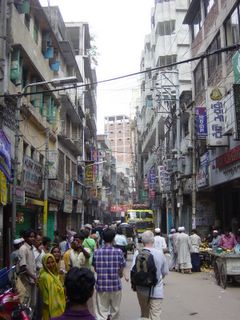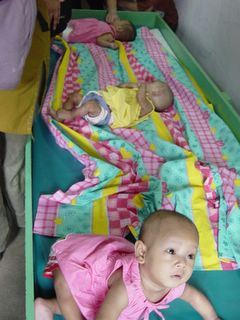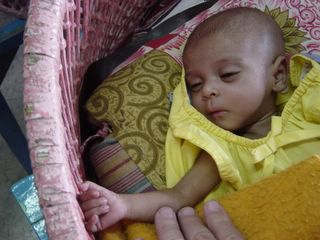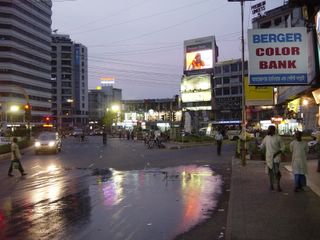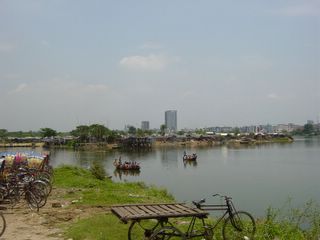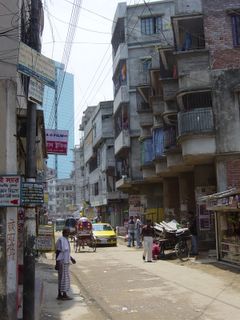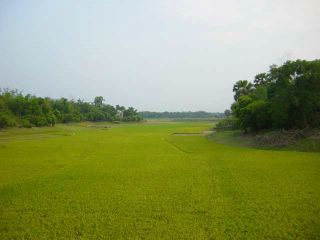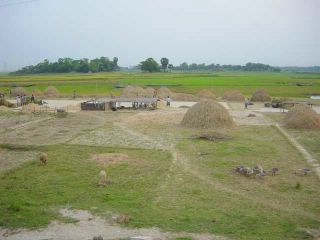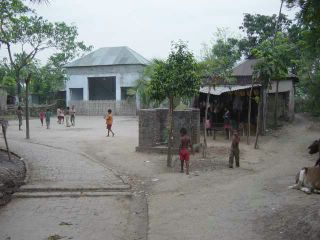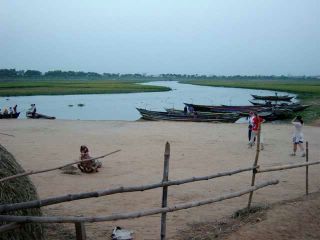Let me tell you about the lifecycle of bricks here in Bangladesh. There is a huge amount of construction going on in Dhaka and bricks form a major part of all sorts of structures and facilities including buildings, fences, roads and footpaths. There are bricks everywhere.
Bricks start off life as particles of clay. The grey clay is dug out of the ground by hand, then mixed to create a consistent consistency (I don't think that's good English, but you get my drift hopefully.) The clay is then formed into brick shaped bricks (that's not good English either, but I digress), that are left out to dry.

Once dry the grey bricks are put into kilns where they are fired to become the bricks that we all know and love. On the outskirts of Dhaka there are hundreds of these kilns dotted around, all with tall chimneys belching out dirty black smoke creating a hazy atmosphere all around. The bricks after they have been fired come out a lovely red colour.

They are stacked in huge stacks (oops this repeating of words is becoming a habit) awaiting transport and delivery to building sites and road sites all around the place.
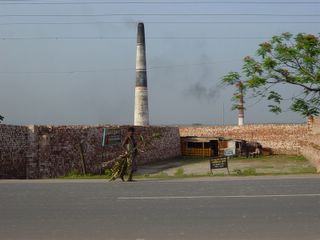
The bricks are trucked by truck (there I go again), usually clapped out Bedford trucks, that have been garishly painted with fancy artwork. All loading and unloading is done manually by hand using manual labour (this is getting worse!!)
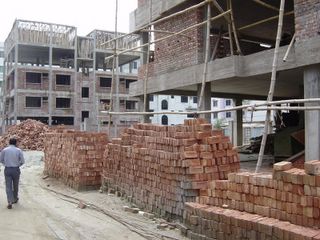
If the bricks have been really good they will be used in construction of a building or a wall or a road. The brick carriers load a load of bricks onto their heads and carry them up several flights of stairs to the position where they are going to be used. Bangladeshis use their heads a lot (for carrying things that is.) They use baskets on their heads for carrying sand and concrete and dirt and all sorts of things. Its amazing what a team of men and women can shift using baskets on their heads.
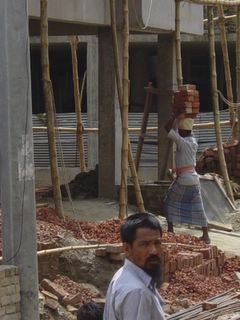
Once the bricks have all been cemented together in nice neat lines, they get covered up with plaster cement which is then painted (usually unless the constructor runs out of money, in which case the plaster is left bare.)
Do you want to know what happens to the bricks that haven't been good, or that have got broken in the process of transportation or that are left over and just lying around? These bricks are collected together and men and women, old and young and boys and girls huddle under umbrellas (because of the hot sun) with hammers breaking the bricks into chunks and small particles.
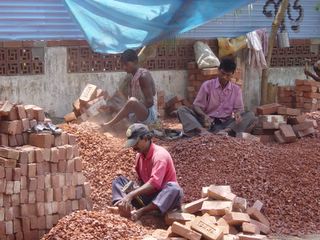
There seems to be two standard sizes, chunks about the size of a marble and small particles like coarse sand. These people spend all day crouching and breaking up bricks, holding the bricks in their hands or even feet and somehow managing not to hit their fingers or toes. They sit on top of their pile of broken bricks which gradually gets higher. The brick chunks and particles are used as filler for concrete or are mixed with sand to make a base for roads, all sorts of uses.
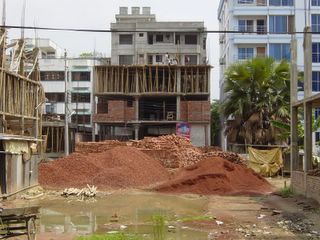
If an old building is demolished the bricks in it are recycled. Again people squat all day cleaning off the cement from the used bricks. Those that are broken get broken down into smaller chunks or particles. Nothing is wasted. It seems it cheaper to employ these people to clean the bricks than it is to buy new ones.
So there you have it. The life cycle of bricks. From Dust to Dust as they say. There's probably a moral in this story somewhere, but after concentrating so hard on writing my English good my brain hurts and I can't think of any morals right now.














